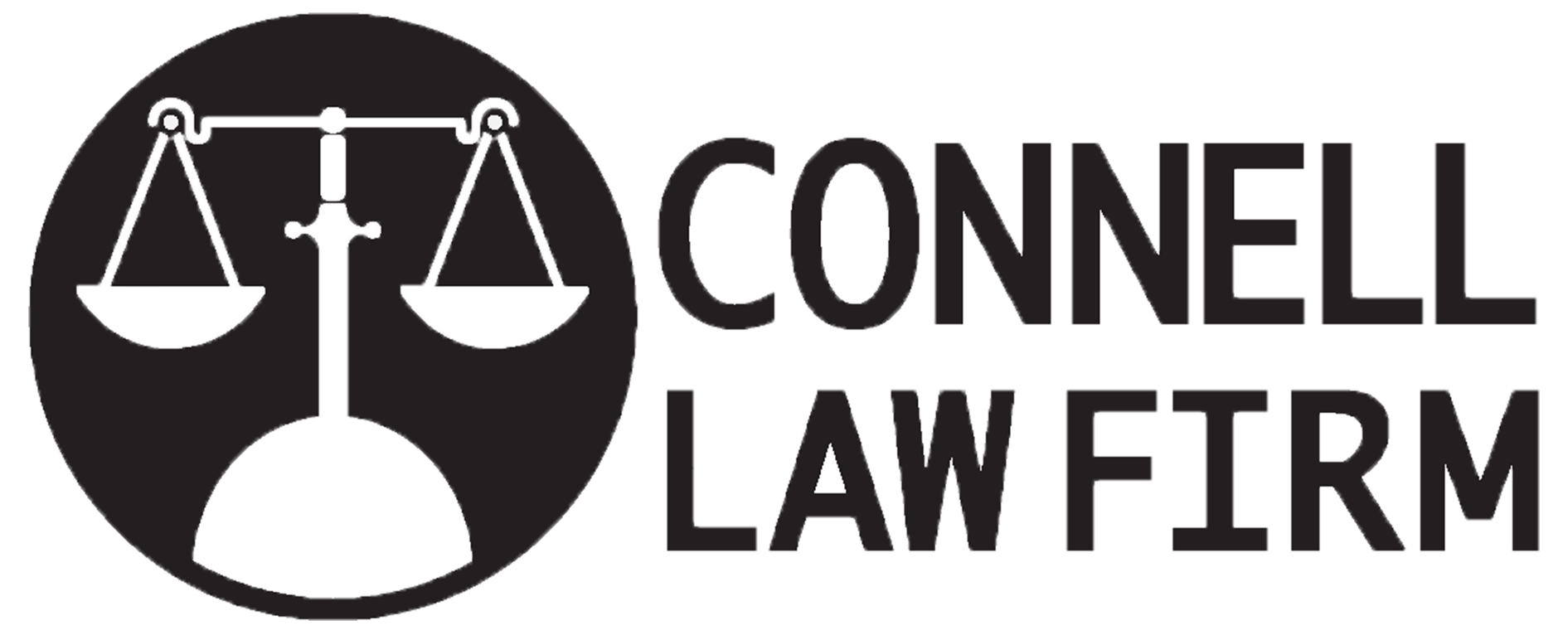When adjudicating a car accident claim, courts lie in either a no-fault jurisdiction, or an at-fault jurisdiction. South Carolina is a “fault” state, which is also referred to as a “tort liability” state. In fault states, the plaintiff must shoulder the burden of establishing that the defendant was at fault for the accident and liable for the subsequent injuries that resulted thereafter. This varies significantly from “no-fault” states, such as New York, where injured drivers rely upon their own insurance coverage to provide medical benefits following an accident, regardless of which driver caused the accident.
What Should You Do If You Are Injured in an Automobile Accident?
The very first step is to call for emergency aid via 911. It is critical that you are properly diagnosed and treated if you are seriously hurt. Claims can be filed in a variety of ways. First, an injured individual can file a claim with his or her own insurer to compensate for medical injuries. The insurer will then subrogate that claim by suing the at-fault party for money owed after the treatment has been administered. If you choose to file suit, be sure to complete form FR-10 to prove that you had the appropriate liability insurance at the time of the accident. Alternatively, you could commence a civil lawsuit directly against the at-fault driver. Finally, you could file a third-party car insurance claim through the at-fault driver’s insurer directly.
What Do You Need to Establish in a Claim for Motor Vehicle Negligence?
The theory of liability in a car accident case is negligence. The plaintiff bears the burden of establishing the elements of a prima facie case by a preponderance of the evidence (“more likely than not”). In these cases, the plaintiff has four main elements to prove:
- Duty – a duty of care owed to the plaintiff;
- Breach – the failure to act in the manner that a reasonably prudent person would under the same or similar circumstances;
- Causation – the breach is what proximately caused the injury; and
- Damages – injury suffered as a result of the breach.
The law also imposes additional requirements upon each driver depending on the facts of the case. For instance, both motorists have a duty to exercise ordinary care in maintain a proper lookout for vehicles approaching an intersection. See Brown v. Howell, 284 S.C. 605, 327 S.E.2d 659 (1985). Both parties must keep the actions of the other party in mind while crafting a legal strategy.
Seek Legal Counsel
If you believe that you were injured in an auto accident, seek legal counsel as soon as possible. The statute of limitations for filing a lawsuit in most car accident and negligence cases is three years. Postponing commencement of the lawsuit could potentially foreclose upon the opportunity to obtain compensation for injuries stemming from an accident. Call the experienced attorneys at The Connell Law Firm, LLC to discuss your case. The consultations are always free. Learn how to protect your legal rights today.

